Visit Mesopotamian Marshes
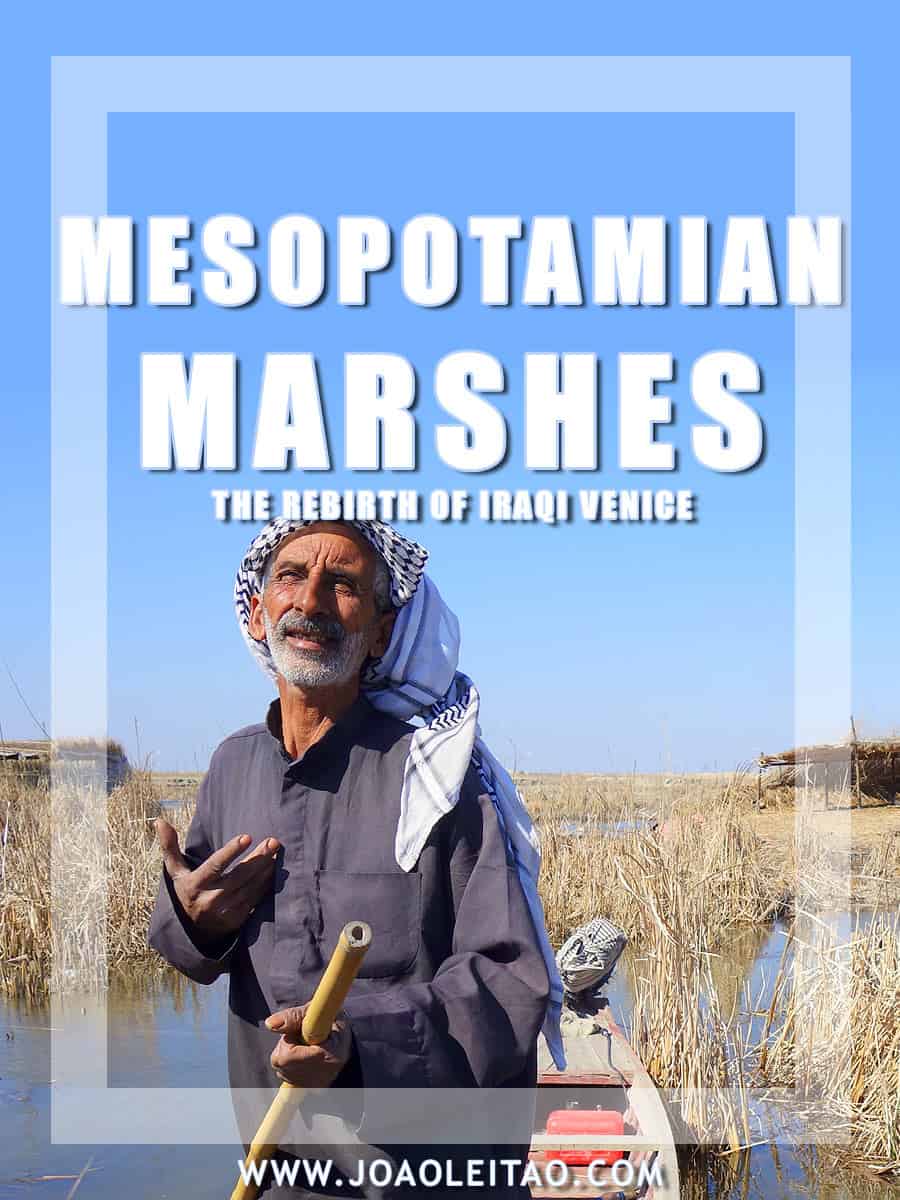
The Mesopotamian Marshes are a wetland region located in southern Iraq, a natural monument that also includes part of Southwest Iran.

These are considered to be Western Eurasia’s largest wetlands ecosystems. This unusual place in the desert had plenty of water, so it used to be very productive and prosperous.

Throughout history, it has always been well respected, because, among the arid climate of southern Iraq, the Mesopotamian Marshes allowed human beings and livestock to have a high quality of life.
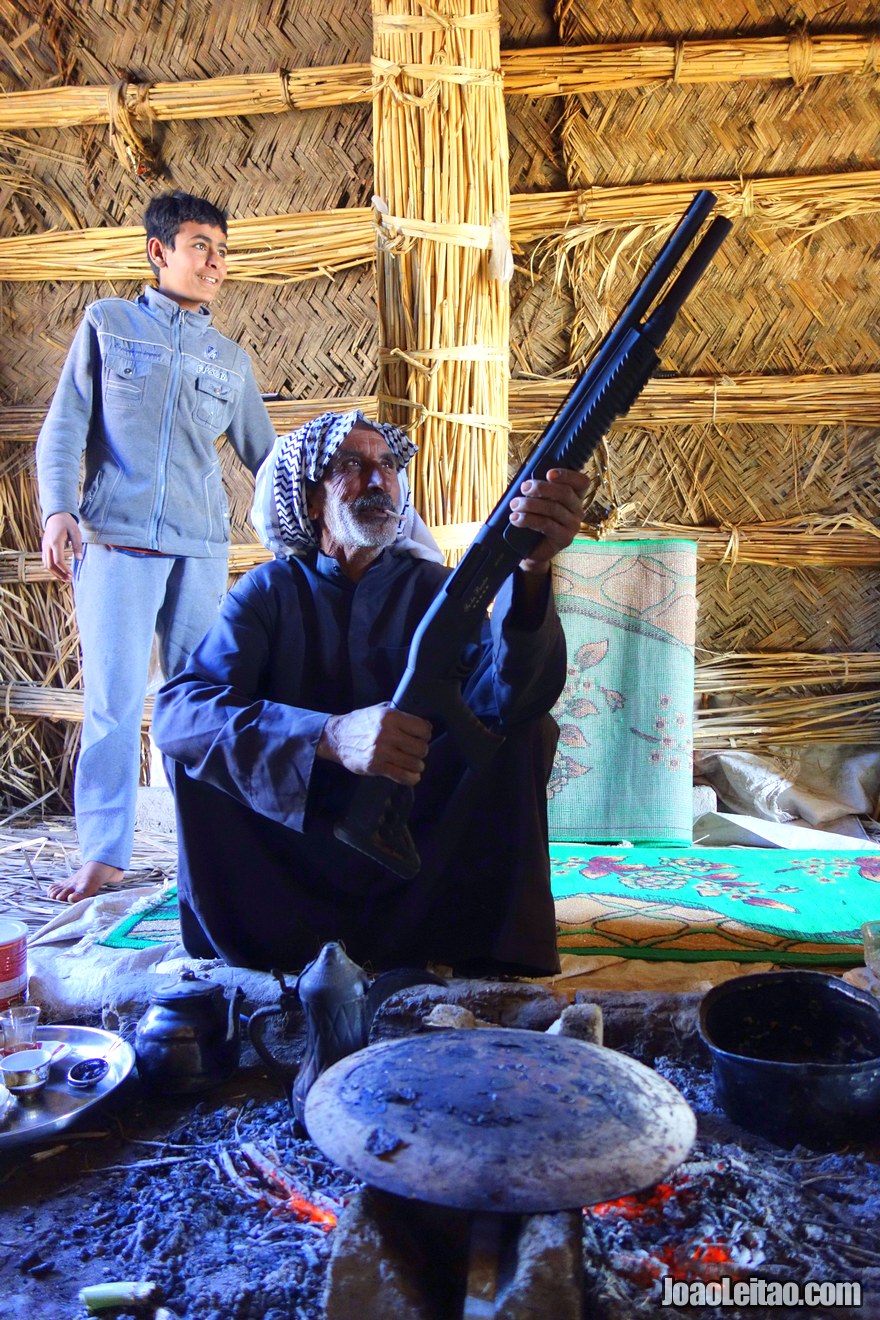
In 1950 during a massive oil exploration project, the drainage of the wetlands started. This process was taken to an extreme during the mandate of Saddam Hussein. This lead to the expulsion of local tribes, creating political and social tension in the southern parts of the country.
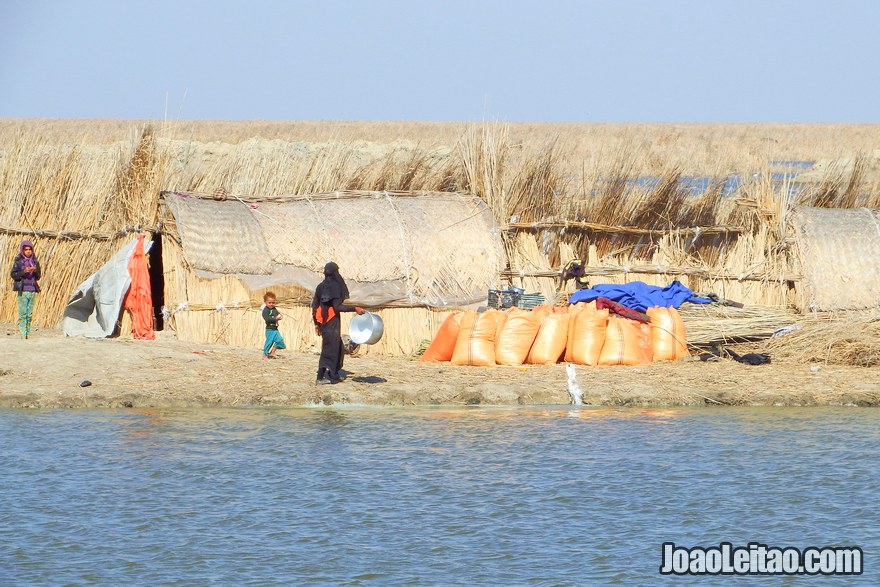
Currently, the Mesopotamian Marshes slightly recovered. Unfortunately, the last decade severe drought and the previously built infrastructure have left irreversible results in this territory.
Read the pages: Will Iraq’s wetlands join World Heritage List? and Iraqi marsh residents hold tight to their reed homes.
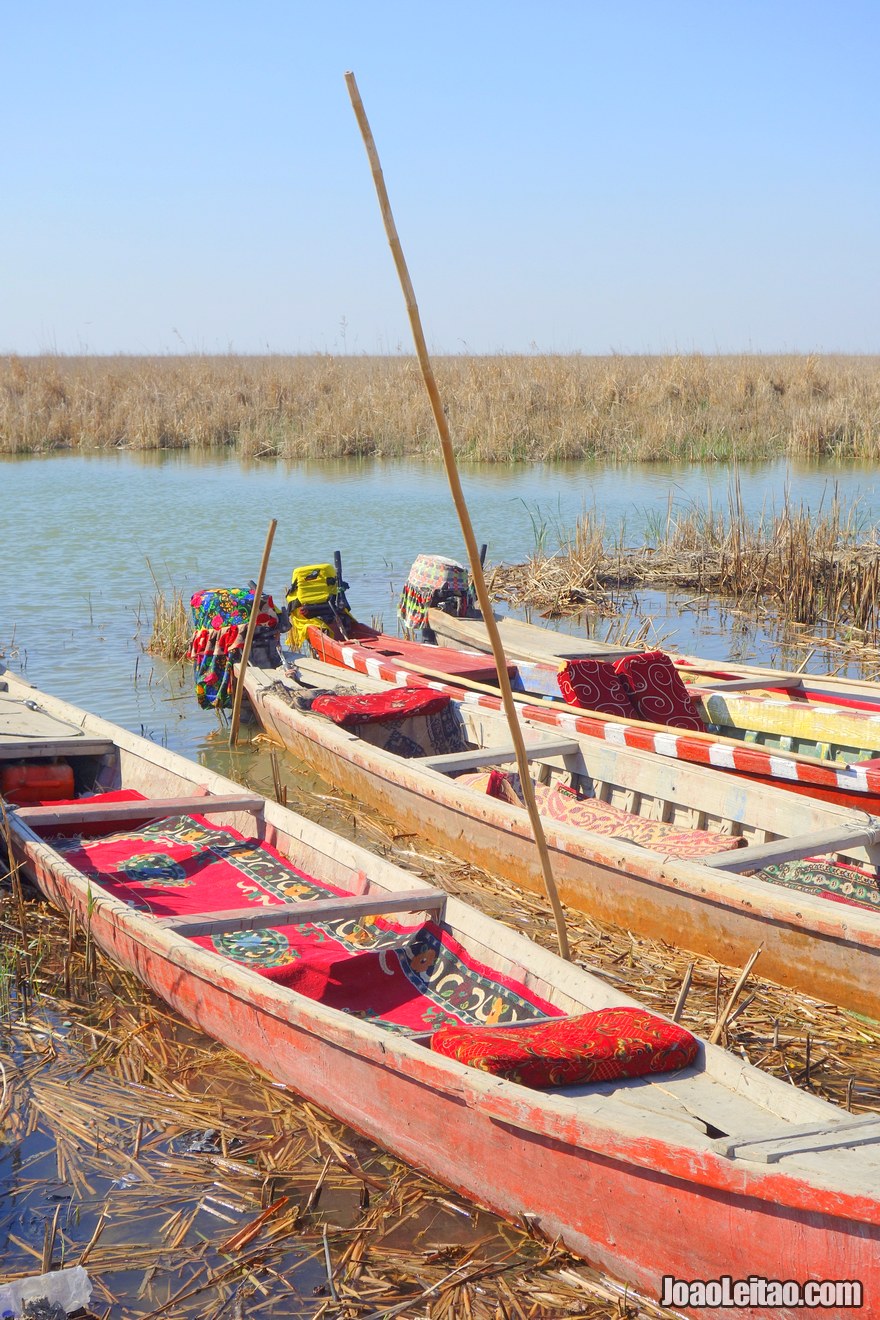
The people who live in Iraq’s southern marshes are known as Ma’dān – or simple as – Arabs of the Marshlands. These people build incredible floating houses made of reeds harvested in their own marshes, transported in canoes and small boats.
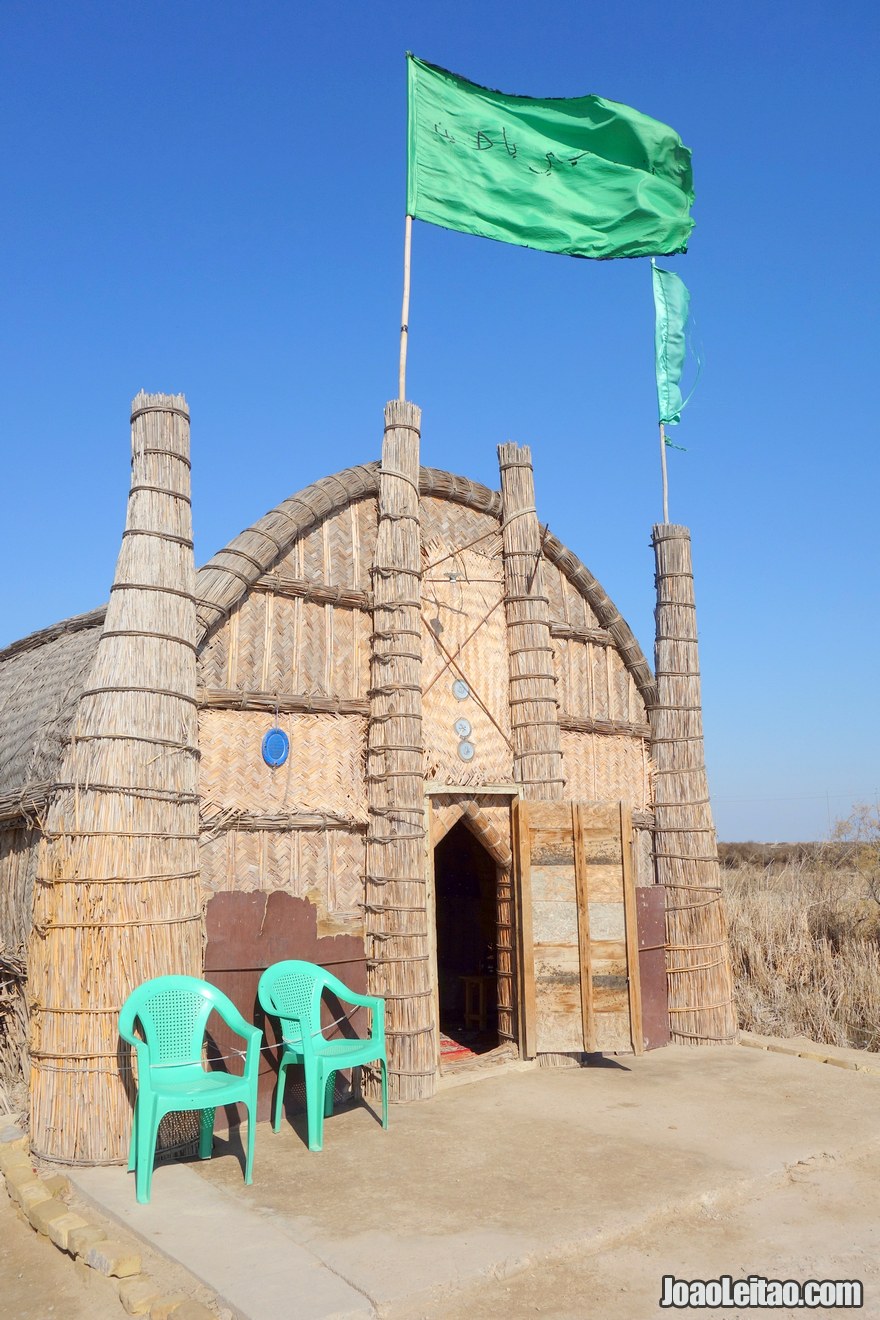
The reed houses are called “mudhif” and are built without any type of nails or wood. These rustic looking huts have the same style of construction of those in Lake Titicaca in Peru.
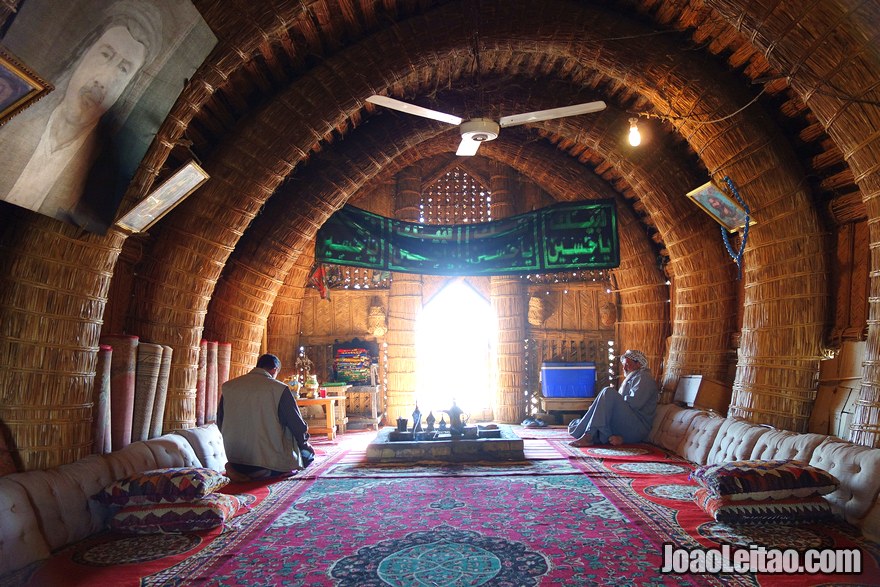
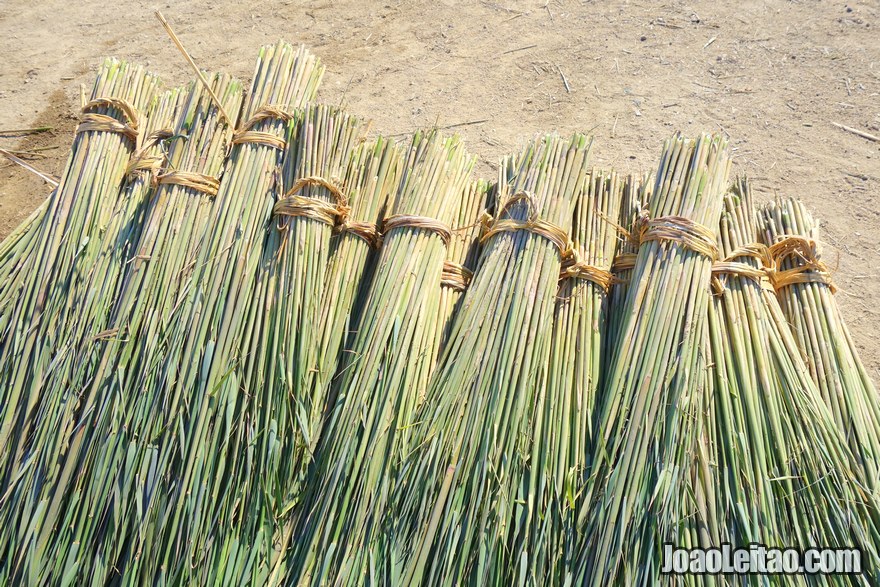
Due to political problems of these tribes with Saddam Hussein and consequently almost complete draining of the marshes, this architectural style almost disappeared. There are some poor looking houses while other larger ones are more ornamented. Usually, each family has a main house and a separate lounge for receiving guests.
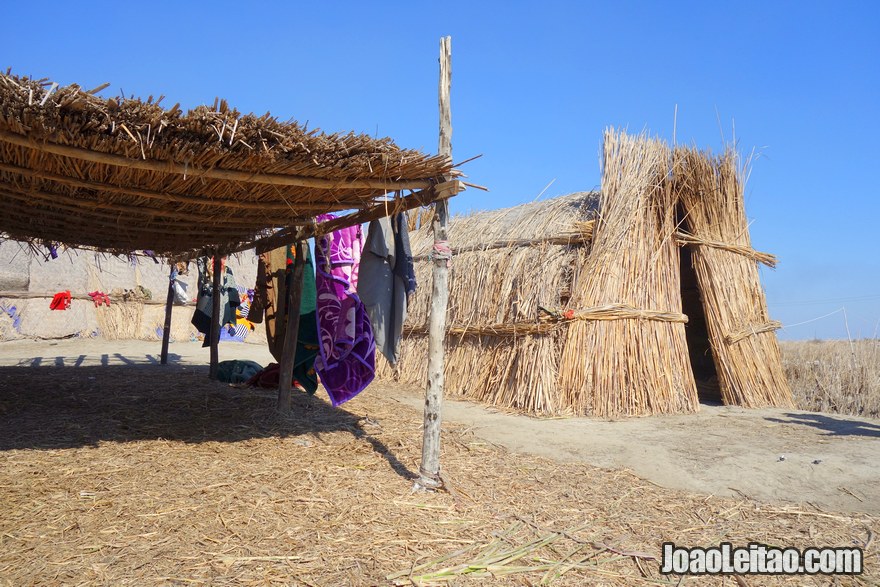
Saddam Hussein ordered to drain the marshes in 1991 as a punishment for those tribes who had supported the US incursion of Iraq. Consequently, there was a mass exodus of these people to other regions of the country.
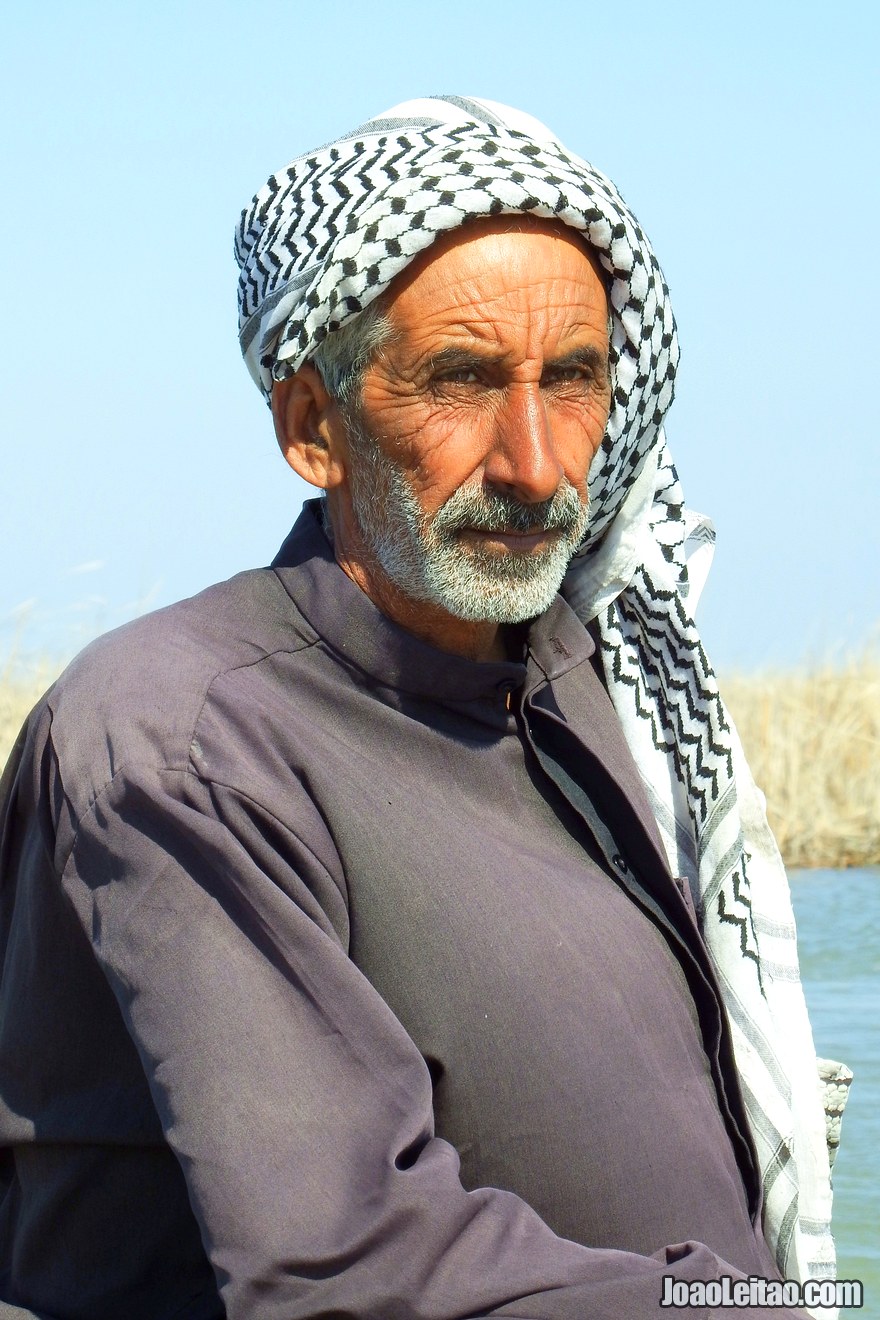
Despite all these problems, about 2000 inhabitants of the marshes still live in traditional houses. The number of residents was approximately a million and a half back in the 1950’s.
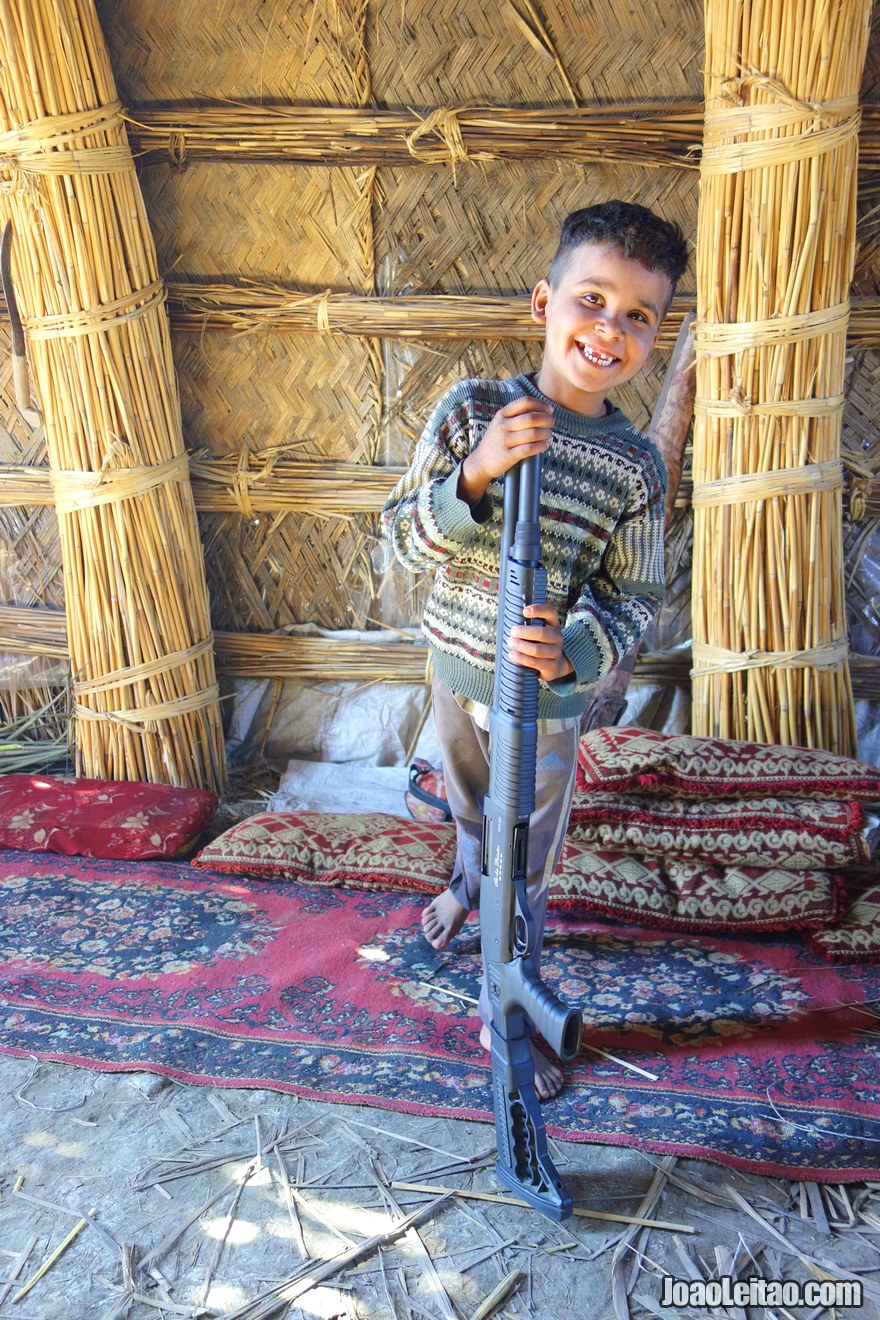
After the overthrown of Saddam, local tribesmen recovery efforts finally began to show results, and the marshes water levels went up considerably. It was the rebirth of the great Mesopotamian Marshes.
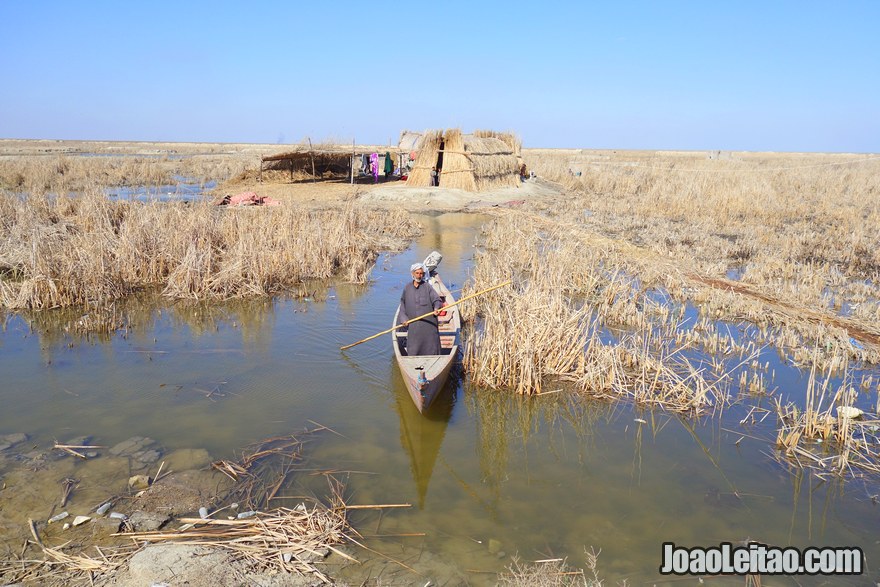
The wildlife and the natural ecosystem of the marshes will take some more decades to recover, while its people still didn’t give up their territory and their old way of life.
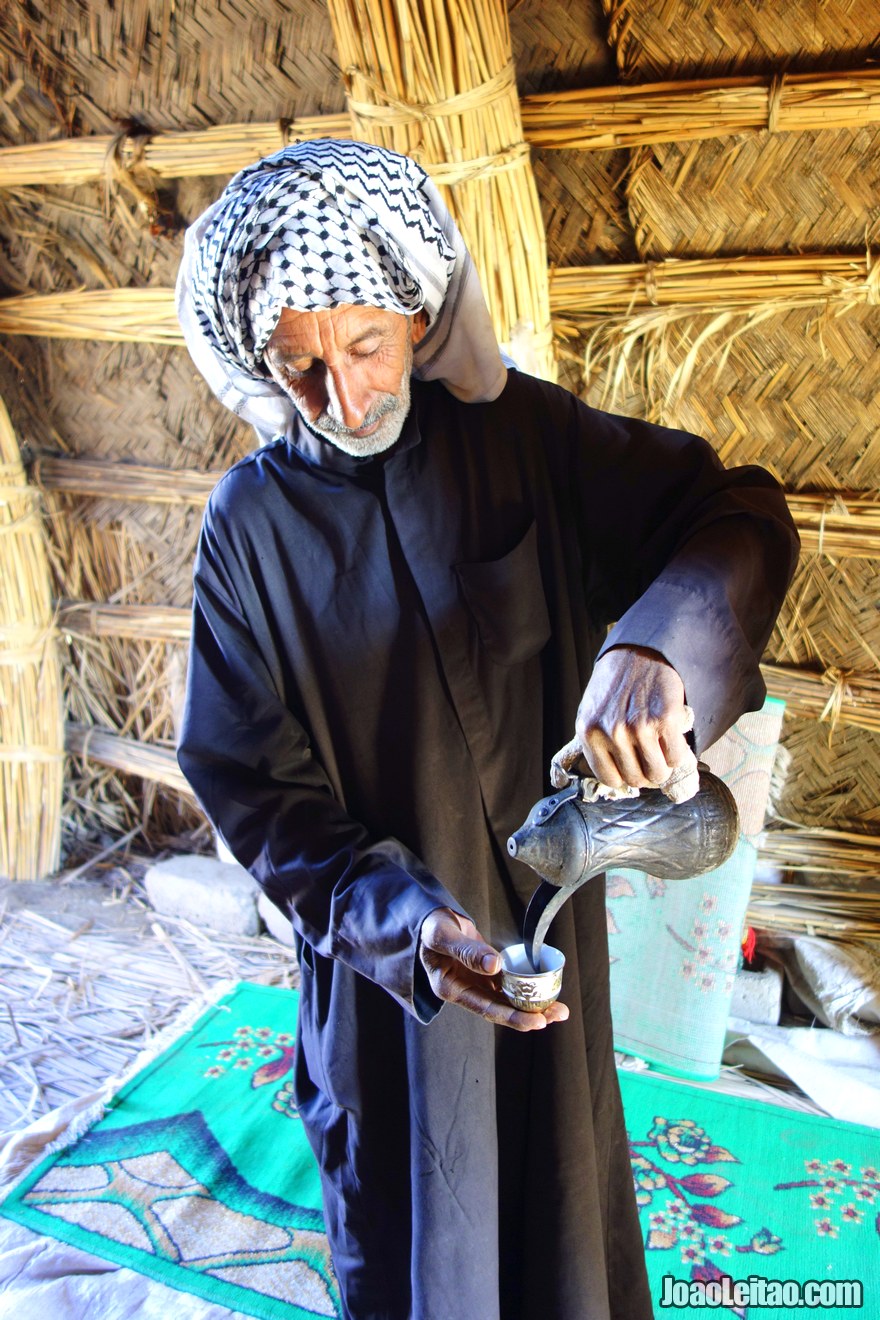
I had the unique opportunity of traveling to this part of Iraq. I was invited to visit several houses in the middle of the swamps. I was given food, tea, and coffee by friendly marsh Arabs who felt honored to receive me.
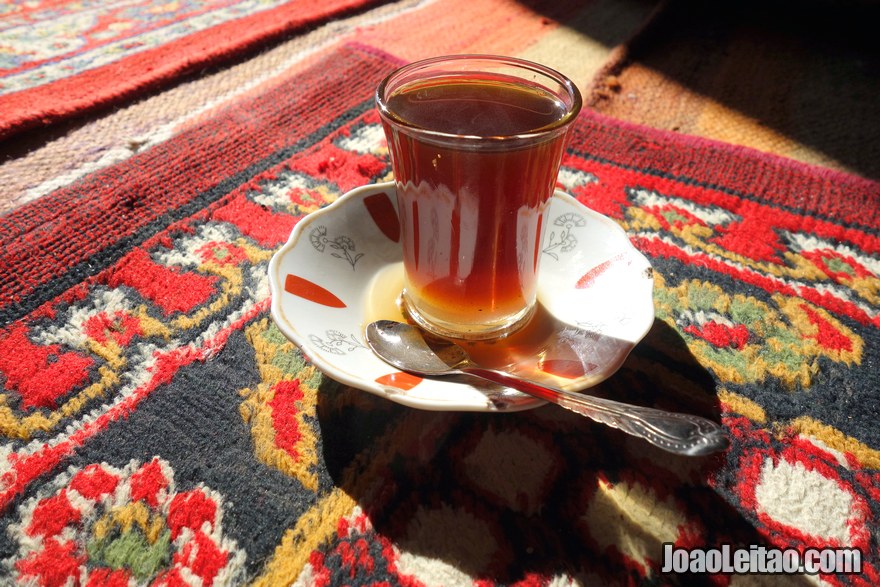
NOTE: I’ve been to Iraq three times. The first time back in 2010, the second time at the beginning of 2016, and the third time just recently in 2018 traveling for one month driving my campervan. Throughout recent years, Iraq has become safer, and there are many areas that can be visited without any issues. If you think you’d like to make such a trip, check RJ Travel available Iraq Tours.


